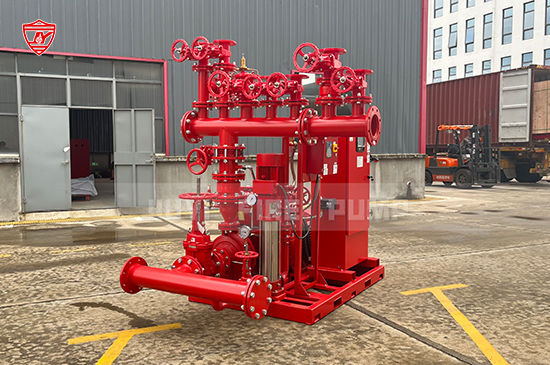A fire pump shutoff test is an essential procedure for ensuring the reliability and safety of fire protection systems. Conducting this test correctly helps confirm that your fire pump operates efficiently under no-flow conditions. In this article, we’ll walk you through the steps to safely perform a shutoff test, highlight the importance of this test, and provide safety tips to prevent potential hazards.

Why is a Fire Pump Shutoff Test Important?
A shutoff test is conducted to verify the pump’s performance when the discharge valve is fully closed. This allows you to measure the pump's shutoff pressure and ensure it aligns with the manufacturer's specifications. Regular testing ensures your system is ready for emergencies, complies with NFPA 20 standards, and prevents costly downtime.
Steps to Perform a Fire Pump Shutoff Test Safely
Prepare the Equipment and Environment
Inspect the Fire Pump System
Close the Discharge Valve
Monitor Performance Metrics
Reopen the Discharge Valve Slowly
Safety Tips for Fire Pump Shutoff Testing
Conclusion
Performing a fire pump shutoff test safely is crucial for maintaining the integrity of your fire protection system. By following these guidelines and adhering to NFPA standards, you can ensure your fire pump remains in top condition, ready to protect lives and property when it matters most.